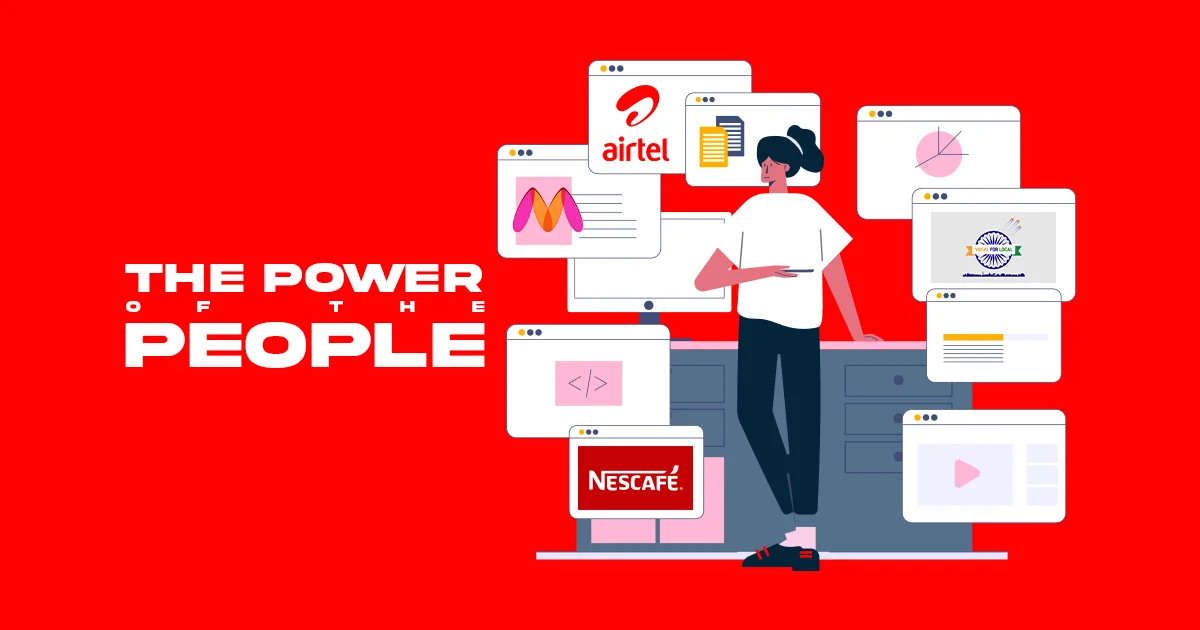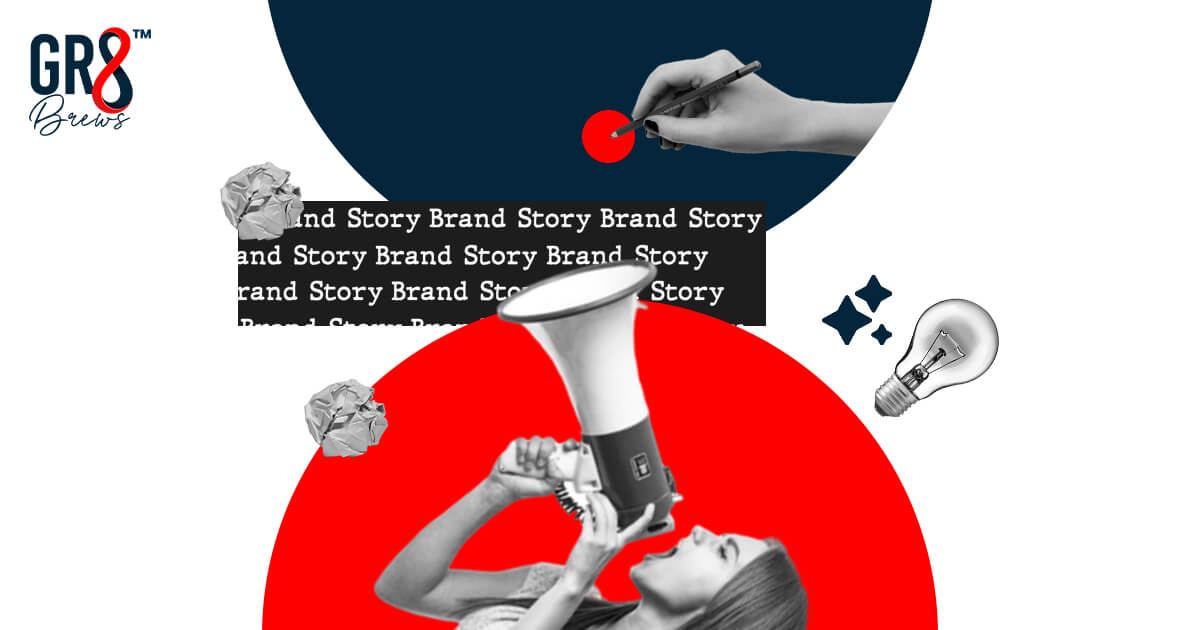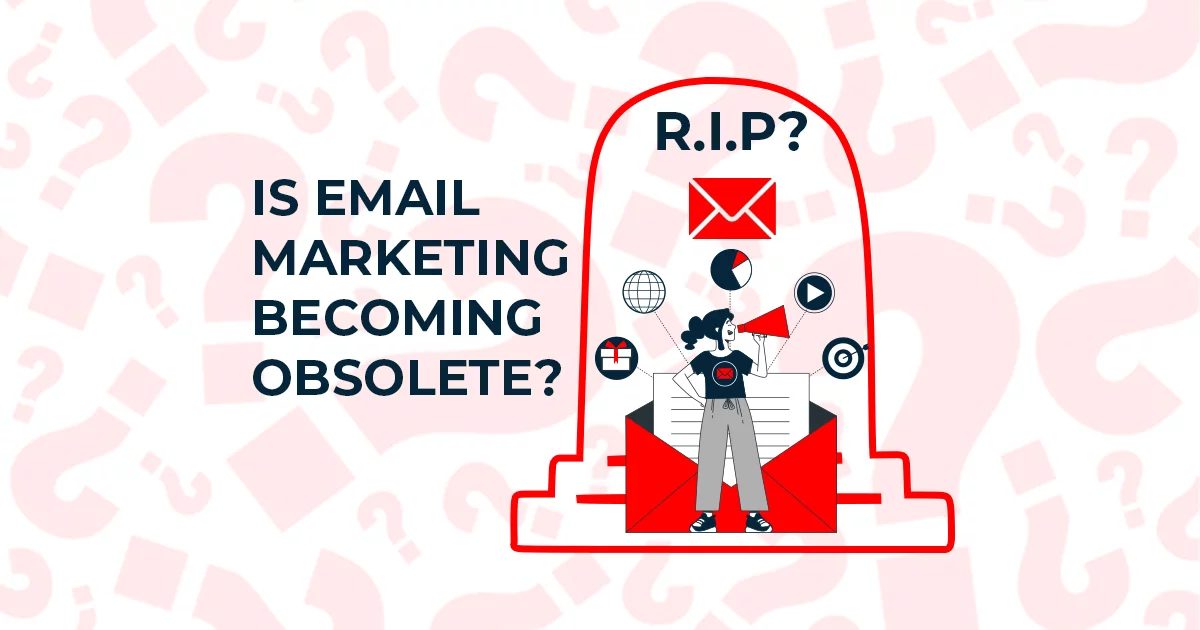Imagine a scenario where someone hesitates to trust a brand while purchasing groceries or FMCG products because they find it difficult to understand the advertisement, which is in a different language. Similarly, in remote corners of India, individuals seeking products of profound religious significance may lack trust if they cannot relate to the voice of the brand. Language is deeply intertwined with emotion; it is through language that people express themselves. For example, a Bengali may be stirred by the pungency of mustard oil, while a North Indian may be attracted to the purity of ghee. However, depicting these emotions in advertisements without using the regional dialects can be challenging.
In nations like India, which embrace diversity, brands must acknowledge the importance of connecting with audiences in their native languages to foster deeper and more meaningful relationships. While English may dominate approximately 95% of digital content, only a fraction of India’s population is fluent in the language. With India boasting 22 official languages, over 6,000 dialects, and 55 languages spoken by over a million people each, this linguistic diversity presents both challenges and opportunities for brands.
The notion of “one nation, one language” is impractical, especially in a diverse country like India where myriad languages and dialects coexist harmoniously. Addressing this diversity is not only about inclusivity; it’s a strategic imperative for brands aiming to capture the attention and loyalty of a vast and varied consumer base.
If the language used in advertisements isn’t relatable, it will fail to create the bond with the audience. Resonance is key; if the common person cannot connect, the brand won’t secure mindshare. Timeless brands like Amul, Fevicol, Boroline, Bata, Mahindra etc recognize people’s touchpoints: language, culture, and daily rituals. Regional languages play a crucial role in establishing this connection.
Why is regional language essential in marketing? Here are eight sectors where marketers can leverage local languages:
1. FMCG: Regional language marketing ensures inclusivity, cultural relevance, and emotional connection, driving higher engagement and penetration in untapped markets for FMCG sectors.
2. Retail: Non-urban retail outlets use local language signage and promotions to create a welcoming environment, enhancing engagement, trust, and credibility among local consumers, leading to increased footfall and sales.
3. Real Estate: Tailored marketing campaigns in familiar languages build credibility and rapport, facilitating better communication and driving successful transactions and customer satisfaction in the real estate sector.
4. Healthcare: Communication in local languages improves accessibility and understanding of healthcare services, fostering better engagement and outcomes, leading to improved patient experiences and satisfaction.
5. Education: Local language marketing in education enhances accessibility, relevance, and emotional connection, driving higher student enrollment and satisfaction in educational institutions.
6. Tourism and Hospitality: Promoting destinations and accommodations in preferred languages enhances engagement and satisfaction among travelers, driving wider audience reach and enhancing destination appeal.
7. Entertainment: Localization of content and promotions fosters emotional connections, authenticity, and resonance, leading to increased viewership and brand loyalty in the entertainment industry.
8. Agriculture: Marketing in familiar languages enhances trust, credibility, and engagement among farmers, driving adoption of innovative practices and products for sustainable agricultural development.
In both marketing and everyday interactions, our words shape perceptions. As the saying goes, “the pen is mightier than the sword,” and indeed, words are like forging swords. They convey a brand’s beliefs and promises, and effective branding hinges on clear communication with the target audience. Not just as a 360-degree marketing agency in Kolkata but also as a human what we always believe is, trust and honour your mother tongue just as you trust and honour your mother. Wishing everyone a very happy International Mother Language Day!
For more such articles stay tuned to Gr8 Brews.





